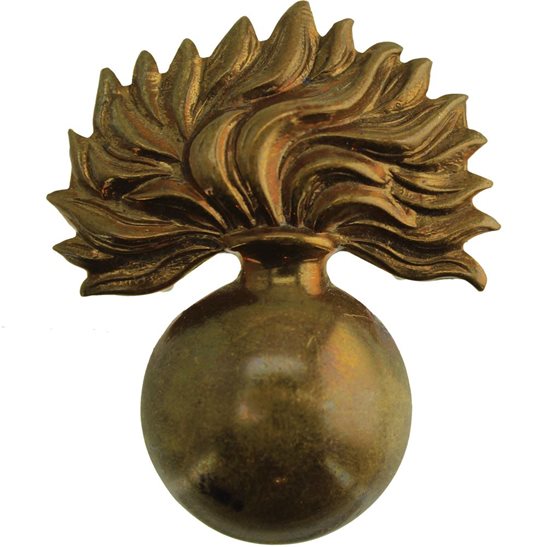Personal Details
Born: 3 February 1895 in Ash, Whitchurch, Shropshire.
Family: Fifth of eight children born to William Arrowsmith, a timber salesman and his wife, Caroline Ellen. He married Lucy M Cranage in 1922 in Burton, Staffordshire, and together they had 4 children – Gerald William, Olive, Peter J and Philip E.
Residence: In 1901 the family were living in Vicarage Lane, Ash Magna, Whitchurch, Shropshire. When he enlisted in 1915 his address was shown as 16 Ash, Whitchurch, Shropshire. The 1939 Register shows the family living at The Hennels, Market Drayton, Shropshire and when he died in 1966 he was living at Bank Farm, Adderley, Market Drayton, Shropshire.
Employment: His enlistment attestation in 1915 shows him as a roofer; by 1939 he had changed to dairy farming.
Died: 3 February 1966, aged 71.
Military Details
Regiment: Grenadier Guards
Rank: Guardsman
Service Number: 24783
Date of Enlistment: 23 November 1915
Date of Discharge: 11 February 1919
Reason for Discharge: Demobilisation
Medals and Awards: British War Medal
Victory Medal
John was awarded the Campaign Medals (British War Medal and Victory Medal).

The British War Medal (also known as 'Squeak') was a silver or bronze medal awarded to officers and men of the British and Imperial Forces who either entered a theatre of war or entered service overseas between 5th August 1914 and 11th November 1918 inclusive. This was later extended to services in Russia, Siberia and some other areas in 1919 and 1920. Approximately 6.5 million British War Medals were issued. Approximately 6.4 million of these were the silver versions of this medal. Around 110,000 of a bronze version were issued mainly to Chinese, Maltese and Indian Labour Corps. The front (obv or obverse) of the medal depicts the head of George V. The recipient's service number, rank, name and unit was impressed on the rim.
The Allied Victory Medal (also known as 'Wilfred') was issued by each of the allies. It was decided that each of the allies should each issue their own bronze victory medal with a similar design, similar equivalent wording and identical ribbon. The British medal was designed by W. McMillan. The front depicts a winged classical figure representing victory. Approximately 5.7 million victory medals were issued. Interestingly, eligibility for this medal was more restrictive and not everyone who received the British War Medal ('Squeak') also received the Victory Medal ('Wilfred'). However, in general, all recipients of 'Wilfred' also received 'Squeak' and all recipients of The 1914 Star or The 1914/1915 Star (also known as 'Pip') also received both 'Squeak' and 'Wilfred'. The recipient's service number, rank, name and unit was impressed on the rim.

